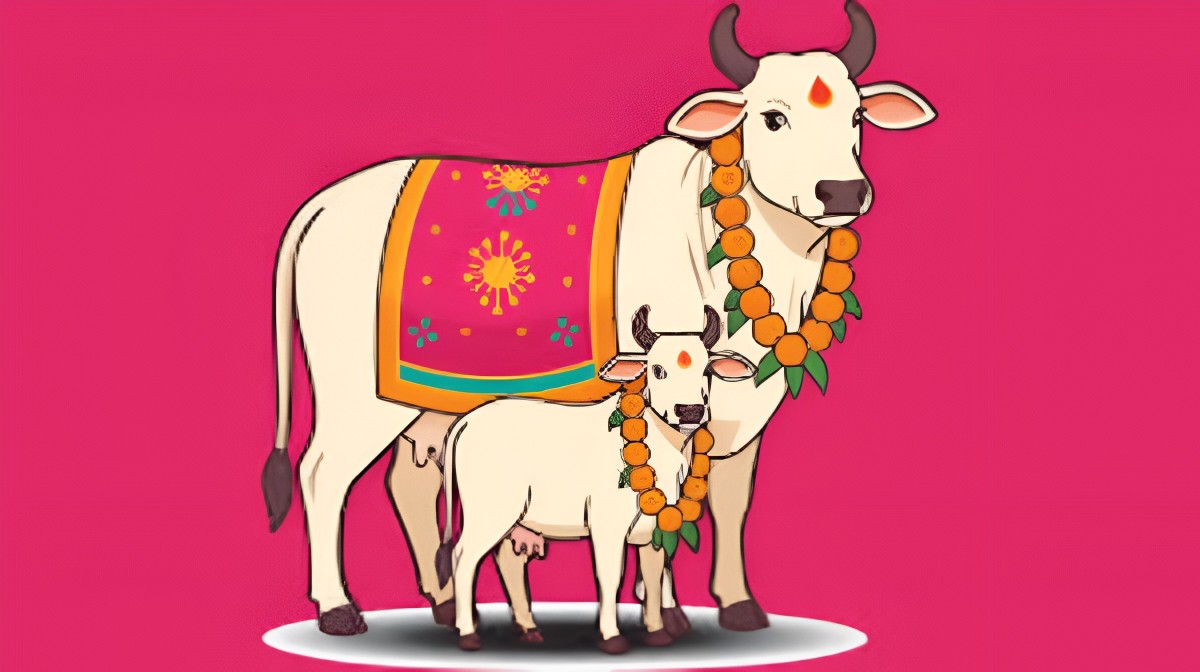The Giant Pacific Octopuses for example has 3 hearts, 9 brains, and blue blood. It sounds like something straight
out of a fantasy novel, but alas our own world is magical enough to have creatures as big as 600 pounds capable of squeezing through a coin-sized hole.
When it comes to reproduction, octopuses once again intrigue us with their unusual, some might even say
morbid, way of blessing the oceans with the next generation of octopus.
In April of 2007, Bruce Robison sent a submersible into a huge underwater canyon in California’s Monterey Bay.
At the canyon’s base, 1400 metres below the surface, he spotted a lone female octopus—Graneledone boreopacifica—crawling towards a rocky slope.

The team sent the sub to the same site 38 days later and found the same female, easily recognisable through
her distinctive scars. She had crawled up the slope itself and was guarding a group of 160 small, milky teardrops cemented to the rock. They were eggs.
For many a female octopus, laying eggs marks the beginning of the end. She needs to cover them and defend
them against would-be predators. She needs to gently waft currents over them so they get a constant supply
of fresh, oxygenated water. And she does this continuously, never leaving and never eating.
When the eggs hatch, she dies, starving and exhausted. As biologist Jim Cosgrove says, “No mother could give more”. You can watch a giant Pacific octopus going through this surprisingly moving sacrifice in the clip below
from the BBC’s wonderful series Life.
Octopuses:
Octopuses are considered the darlings of the ocean. Intelligent, freaky, and majestic, they are known for their puzzle solving expertise and have a reputation as highly skilled escape artists.
heir massive and complex nervous system, ability to change color, shape, texture, and regrow missing limbs fascinates scientist and us common folk alike.











